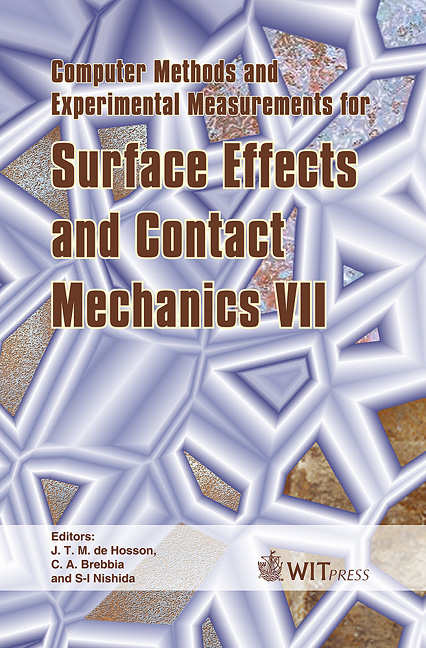Prediction Of Cracks Of The Continuously Cast Carbon-steel Slab
Price
Free (open access)
Transaction
Volume
49
Pages
10
Published
2005
Size
1,159 kb
Paper DOI
10.2495/SECM050111
Copyright
WIT Press
Author(s)
J. Dobrovska, V. Dobrovska, K. Stransky, F. Kavicka, J. Stetina, L. Camek, M.Masarik & J. Heger
Abstract
This paper deals with surface morphology, the mechanism of origination and causes of cross cracking of a concast low alloy manganese steel slab. The cross cracking was identified in a steel slab with a sectional size of 145x1300 mm and the length of the asymmetrical cracking was approximately 600 mm. The light microscopy and the scanning electron microscopy have been applied for determination of the metallographic structure of steel and for the study of micro-morphology and the trajectory of cracking. The chemical microheterogeneity of the steel matrix and the surface of cracking have been estimated by means of an X-ray micro-analyser JEOL JXA 8600/KEVEX. The analyses of Al, Si, P, Ti, Cr, Mn and Fe on the metallograpic samples of the matrix of steel, of the neighbourhood of cracking and of the surface of cracking have been realized. It has been found that the cross cracking is characterized by high macro-heterogeneity of manganese, carbon and sulphur. The causes of cross cracking have been explained by means of a thermokinetic calculation of a slab transient temperature field and by mean of an application of the theory of physical similarity and dimensionless criteria. It has been confirmed that two solidification cones are formed asymmetrically in the course of slab solidification and it is probable that the asymmetrically passing crack initiated on one of these two apexes.
Keywords





